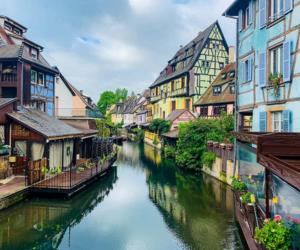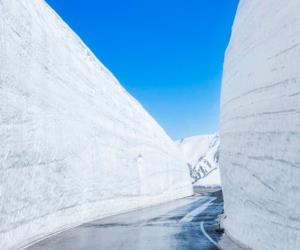The Everest Three Pass Trek is one of the most adventurous and demanding treks in Nepal, attracting trekkers who seek to push their limits and explore the rugged beauty of the high Himalayas. This trek is not just a walk through the Everest region—it’s a thrilling circuit that crosses three of the highest and most iconic mountain passes: Kongma La (5,535m), Cho La (5,420m), and Renjo La (5,360m). The trail weaves through stunning alpine landscapes, remote Sherpa villages, glacial valleys, and iconic viewpoints like Gokyo Ri and Kala Patthar. Due to the high altitude and physical demands, proper preparation for Everest Three Pass Trek is essential for a safe and successful experience.
文章重點
Physical Fitness and Training for the Trek
One of the most important areas to focus on is physical fitness. The trek involves long days of walking—often 6 to 8 hours or more—on steep and uneven terrain. Trekkers should begin a fitness routine at least two to three months before the trip, emphasizing endurance, strength, and stamina. Cardiovascular exercises like hiking, running, stair climbing, and cycling will help build the lung capacity needed to cope with high altitudes. Strength training for the legs, core, and back will make the demanding ascents and descents easier. Flexibility exercises like yoga or stretching also help in reducing the risk of injury during long trekking days.
The Importance of Acclimatization
Acclimatization plays a crucial role in the Everest Three Pass Trek. The trail climbs above 5,000 meters multiple times, where the oxygen level is significantly lower than at sea level. Without proper acclimatization, trekkers risk facing acute mountain sickness (AMS), which can be dangerous. A well-structured itinerary with rest days, slow pace, and gradual elevation gain is key. Drinking plenty of water, avoiding alcohol, and listening to your body’s signals are essential measures to adapt to the altitude. Many trekkers also include a trek to Everest Base Camp in their itinerary, which helps in the acclimatization process.
Mental Preparation and Endurance
Mental preparation is often overlooked but is equally important. The Everest Three Pass Trek is long—usually taking 18 to 21 days—and physically demanding. The remote and high-altitude environment can challenge even experienced trekkers. Being mentally prepared to deal with physical fatigue, cold weather, and limited comforts is vital. A positive mindset, patience, and adaptability go a long way in maintaining motivation and morale throughout the journey.
Gear and Equipment Essentials
Proper gear and equipment can make a big difference in your trekking experience. Layered clothing is essential to cope with changing weather conditions. A good quality down jacket, thermal base layers, waterproof outerwear, trekking poles, sturdy boots, and a warm sleeping bag are must-haves. Since the weather in the mountains can change rapidly, it's important to be prepared for both sunny days and snowstorms. Investing in lightweight but high-quality gear ensures comfort and safety without overloading your backpack.
Logistical Planning and Timing
Planning logistics is another key part of preparation. While some experienced trekkers choose to do the trek independently, most opt to go with a licensed trekking agency that provides guides, porters, permits, and logistical support. This not only makes the journey more comfortable but also adds an extra layer of safety. The ideal trekking seasons are spring (March to May) and autumn (September to November), when weather conditions are most favorable and the mountain views are at their best.
Conclusion: Preparing for a Life-Changing Adventure
In conclusion, thorough preparation for Everest Three Pass Trek involves building physical strength, allowing time for acclimatization, cultivating mental toughness, having the right gear, and carefully planning the logistics. With the right mindset and preparation, this epic trek can become one of the most fulfilling and unforgettable adventures of your life, offering not just views of Everest and the Himalayas, but also deep personal achievement.





